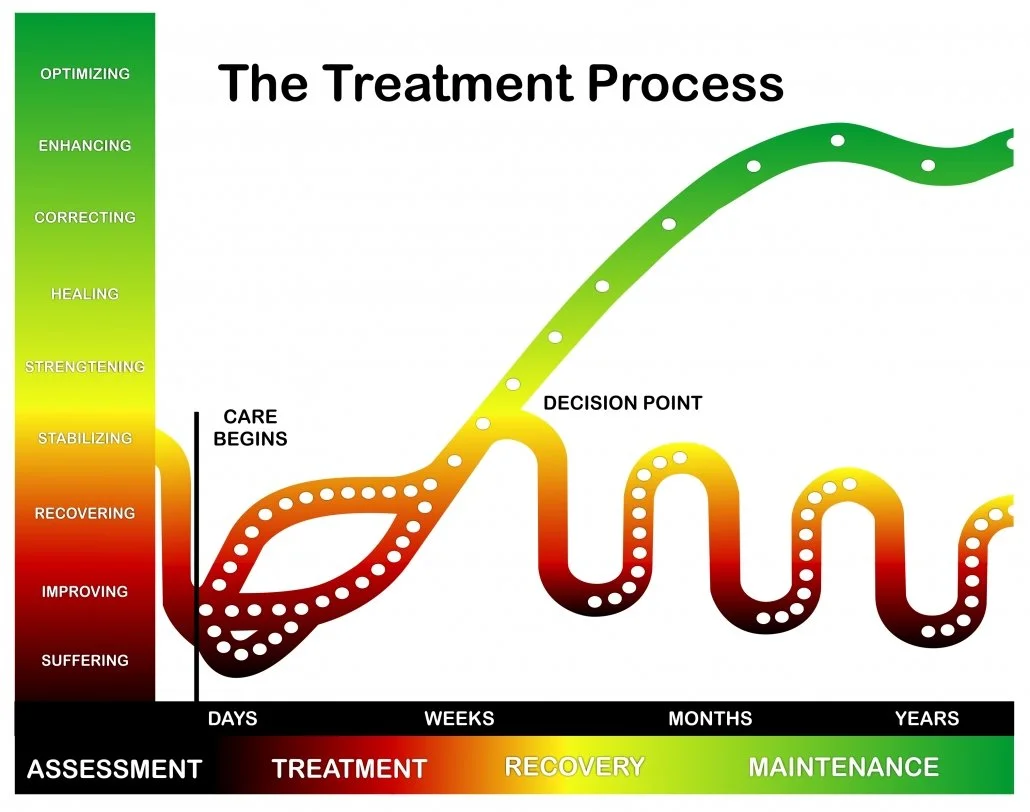Proactive Chiropractic
Once you’ve been through the initial stages of care and are feeling an improvement, you will have the choice of pausing your care, or persevering with it. This is completely your choice to make, but in our experience, the people who get by far the most out of Chiropractic care are those who choose the second option.
In the same way that you wouldn’t wait to get toothache before brushing your teeth, and a lot of people go to the gym even when they’re already very fit, it doesn’t make sense to wait for a flare-up of back-pain before getting adjusted. Getting Chiropractic adjustments in this proactive way is sometimes referred to as corrective or maintenance care.
You might wonder whether this approach to Chiropractic care is worth bothering with. Don’t take our word for it - let’s look at the evidence.
A number of studies have been carried out over the past decade that strongly make the case for this approach. Building on a previous Randomised Controlled Trial from 2011 (1) that showed that spinal manipulation therapy is effective for the treatment of chronic lower back pain and that maintenance provides a long-term benefit, two further studies have been conducted (in 2018, 2020; (2), (3)).
These recent studies found that those patients who received maintenance treatment of spinal manipulation experienced substantially fewer days of pain per year, and that pain was less severe and more stable. They also found that this group of patients actually only ended up needing an average of one-to-two extra visits per year than the group that used Chiropractic in a more ‘reactive’ way - only getting treatment when they felt they ‘needed’ it.
This is an amazing finding. It suggests that for an almost identical amount of time, treatment, and expense over the long-term, you can enjoy a drastic reduction in the amount of pain you live with on a weekly basis. The key difference is in the timing and the motivation for the care.
Put this way, maintenance care represents vastly better value for money than the alternative - and most importantly, you should enjoy a better quality of life.
The classic Chiropractic road to wellness
These studies support what Chiropractors have been saying for years. If you’ve been to a Chiropractor before, there’s a good chance you may have seen the image shown here, that clearly visualises the difference between maintaining spinal health steadily, as opposed to allowing things to regress and needing to start the process all over again. You can see how with the latter option, you may well actually end up needing more care in the long-run, rather than less.
The graph also nicely shows the initial stage of care (relief stage), during which things may initially get a little worse before they get better.
As with anything in life that is good for us, it can sometimes be hard to prioritise anything that we don’t urgently feel we “must” do. I hope, though, that these studies will help to shape the way we think about the benefits and value of prioritising maintenance care.




